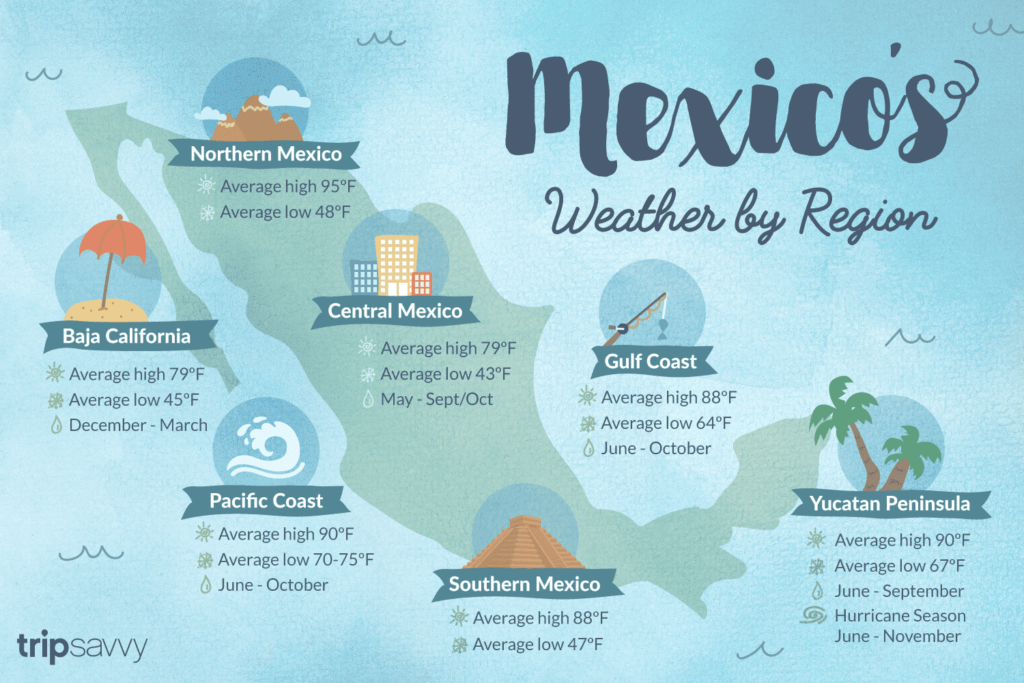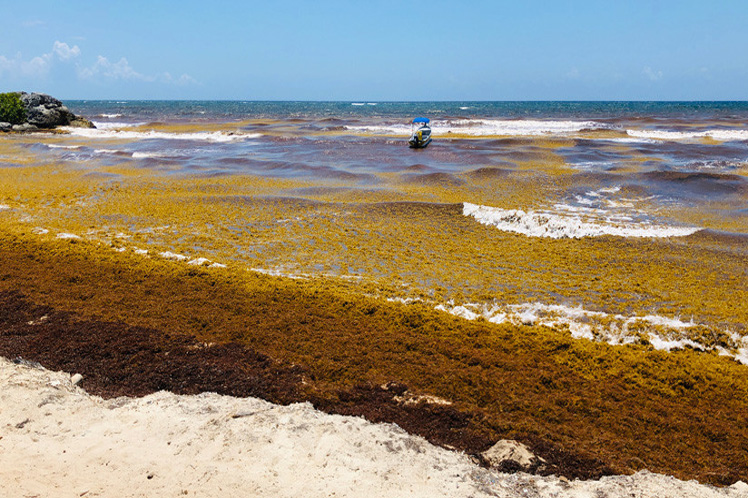
The Best Time to Visit Tulum

Tulum is a beautiful beach town located on the Yucatán Peninsula in Mexico. It is known for its stunning beaches, Mayan ruins, and cenotes (natural swimming holes). Tulum is a popular tourist destination, and the best time to visit depends on your preferences.
Weather
The weather in Tulum is warm year-round, with average temperatures ranging from the mid-70s to the low 90s Fahrenheit. The rainy season is from June to October, but there is still plenty of sunshine during this time. If you want to avoid the rain, the best time to visit is from November to April.

Peak Season
The peak season for tourism in Tulum is from December to April. During this time, the weather is perfect and the beaches are crowded. If you are looking for a more relaxed vacation, you may want to avoid visiting during peak season.
Low Season
The low season for tourism in Tulum is from May to September. During this time, the weather is still warm and sunny, but there are fewer tourists. This is a good time to visit if you are looking for a more affordable vacation or if you want to avoid the crowds.
Pros and Cons of Visiting During High Season
Pros:
- Perfect weather
- Crowded beaches
- Lots of activities and events
- Good availability of accommodations
Cons:
- High prices
- Crowded streets
- Difficult to get reservations
Pros and Cons of Visiting During Low Season
Pros:
- Lower prices
- Fewer crowds
- Easier to get reservations
- More opportunities to interact with locals
Cons:
- Hotter weather
- Possibility of rain
- Fewer activities and events

When does Tulum have Seaweed?
Sargassum is a type of brown seaweed that typically grows in the Sargasso Sea, an area of the Atlantic Ocean. However, in recent years, sargassum has been washing up on the shores of Tulum and other Caribbean destinations. This is due to a number of factors, including climate change, nutrient runoff from coastal areas, and changes in ocean currents.
Sargassum can be a nuisance for tourists, as it can make it difficult to swim and sunbathe on the beach. It can also produce a foul odor. However, sargassum does have some benefits. It can help to protect beaches from erosion and it can provide a habitat for marine life.

The sargassum season in Tulum typically starts in May and ends in September. The amount of sargassum that washes up on the beach can vary from year to year. In some years, there is very little sargassum, while in other years, it can be a major problem.
If you are planning a trip to Tulum, it is important to check the sargassum forecast before you go. You can find the latest sargassum forecast on the website of the Mexican government.
Here are some tips for dealing with sargassum in Tulum:
- Check the Sargassum forecast before you go. This will give you an idea of how much sargassum to expect.
- Avoid beaches that are known to be affected by sargassum. There are some beaches in Tulum that are less affected by sargassum than others.
- Be prepared to deal with sargassum if you do encounter it. You can bring a swimsuit that you don’t mind getting dirty, and you can bring a mask and snorkel to explore the sargassum underwater.
- Support organizations that are working to clean up sargassum. There are a number of organizations that are working to clean up sargassum in Tulum. You can donate to these organizations or volunteer your time to help with the cleanup.
By following these tips, you can help to ensure that your trip to Tulum is not ruined by sargassum. If you come to Tulum at this time you want to make sure you have the list of the sexiest pools at Hotels and Beach Clubs and you also have the FREE map that shows you all the best Lagoons which are free of seaweed.